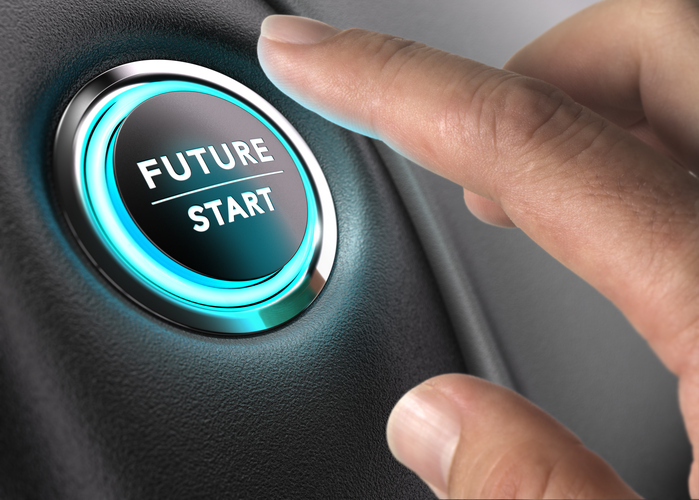On Tuesday, Cruise announced that SoftBank Group Corp will invest an additional $1.35 billion in anticipation of the company's commercial robo-taxi operations.
Cruise only requires one permit from California's Public Utilities Commission to begin charging for rides around San Francisco in vehicles that do not have a human driver.
Many companies, including Cruise, Tesla, Alphabet Inc's Waymo, and Aurora Innovation Inc, are aiming to deploy fully autonomous vehicle technology in the United States within the next two to three years, regardless of whether federal regulators provide them with a clear legal framework for doing so. Startups and automakers are under pressure to generate revenue from billions of dollars in engineering investment over the last decade.
Despite industry lobbying, proposed legislation to create a national framework of rules to govern autonomous vehicles remains stalled in Congress. As a result, self-driving vehicle companies are free to deploy robo-taxis or self-driving trucks in some states, such as Arizona and Texas, but not in others. In Phoenix, Waymo has provided thousands of rides in driverless robo-taxis, though the service is still limited.
"Providing guard rails is helpful at the federal level," said Chris Urmson, CEO of Aurora Innovation, a company that develops automated vehicles. "Right now, we have different regulations in each of the 50 states."
Aurora is testing Aurora Driver in Class 8 trucks, but these trucks cannot be operated in California without human drivers. This effectively closes off a potentially lucrative market for self-driving truck companies transporting loads from Southern California to distribution hubs in the east.
"We take a look at the Port of Los Angeles... and the supply-chain issues we see." "There's a real urgency for this technology" to address the truck driver shortage, Urmson told a crowd at the Washington Auto Show last month.
Ariel Wolf, an AV industry lobbyist, told a House of Representatives committee on Tuesday that self-driving trucks "will not result in mass layoffs." Instead, he claims that autonomous trucks traveling long distances will allow human drivers to "spend more nights in their own beds rather than in a truck's sleeper berth."
JOBS PROTECTION
Unions, on the other hand, urged Congress to be skeptical.
"We are at risk of losing hundreds of thousands of manufacturing and frontline transportation jobs if Congress fails to act decisively and the AV industry is left completely unregulated," Transport Workers Union president John Samuelsen told a House committee on Tuesday.
Unions and trial lawyers also want self-driving car companies to share more information about accidents and other aspects of their systems.
"All workers deserve to know that an autonomous vehicle or bot traveling alongside them is safe enough to share the same road or worksite," Teamsters official Doug Bloch said.
In the absence of new laws designed specifically for automated vehicles, the National Highway Traffic Safety Administration, which oversees vehicle safety in the United States, has issued voluntary guidelines and, last year, required companies to report accidents involving automated driving systems.
However, no comprehensive standards for robot-driven cars or trucks have been issued by the agency. The Federal Aviation Administration in the United States has the authority to review new technology before it is used in aircraft. However, automakers are free to certify that a feature is safe for themselves. If new features are discovered to be a safety hazard, the NHTSA steps in.
Over the last year, NHTSA officials have increased their scrutiny of Tesla's automated driving systems. On Tuesday, the agency said it had pressed Tesla to change a feature of its Full Self Driving, or FSD, automated driving system that allowed vehicles to continue moving through stop signs rather than coming to a complete stop. The use of so-called rolling stops is prohibited.
The NHTSA opened a review of a feature that allowed Tesla models to play videos over dashboard screens in December, and the NHTSA opened a formal investigation of the Autopilot driver assistance systems in 765,000 U.S. vehicles last August following a series of incidents in which Teslas collided with emergency vehicles.
Nonetheless, Tesla CEO Elon Musk made no mention of regulatory concerns during an investor call on Jan. 26 when he stated that the company could soon use an over-the-air software download to enable its vehicles to drive themselves and be used to provide autonomous ride services.
"I'd be surprised if we didn't achieve full self-driving that is safer than a human this year," Musk said. When Tesla enables its vehicles to drive autonomously through an over-the-air software download, Musk claims that vehicle owners will be able to offer rides for "less than the subsidized value of a bus ticket."
According to David Harkey, president of the Insurance Institute for Highway Safety, a vehicle safety research organization supported by the insurance industry, voluntary standards agreements are one possible path for the industry and safety advocates. According to Harkey, the IIHS could be a part of such an effort.
"We need to get to the point where it's no longer the Wild West," he said.













